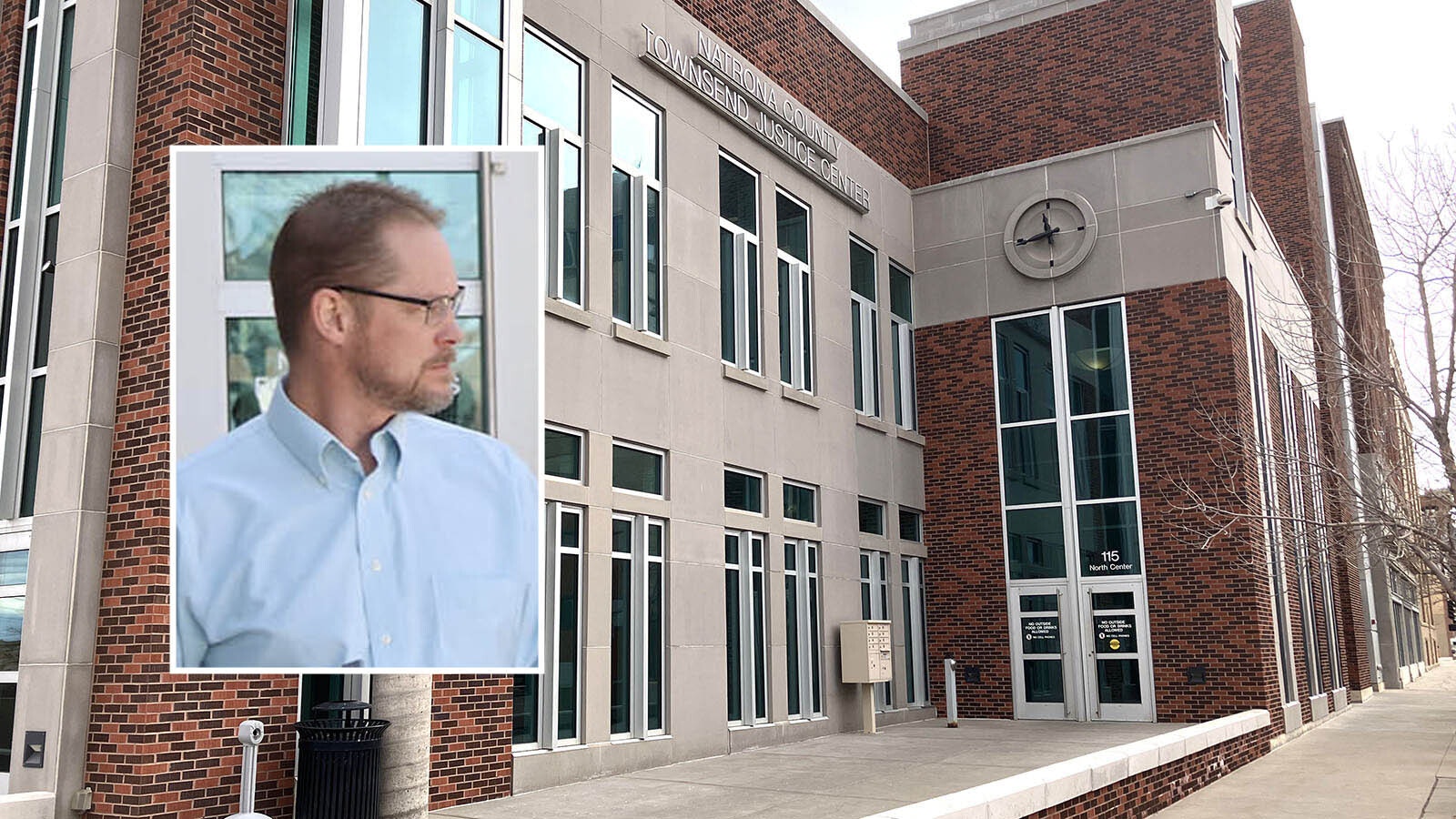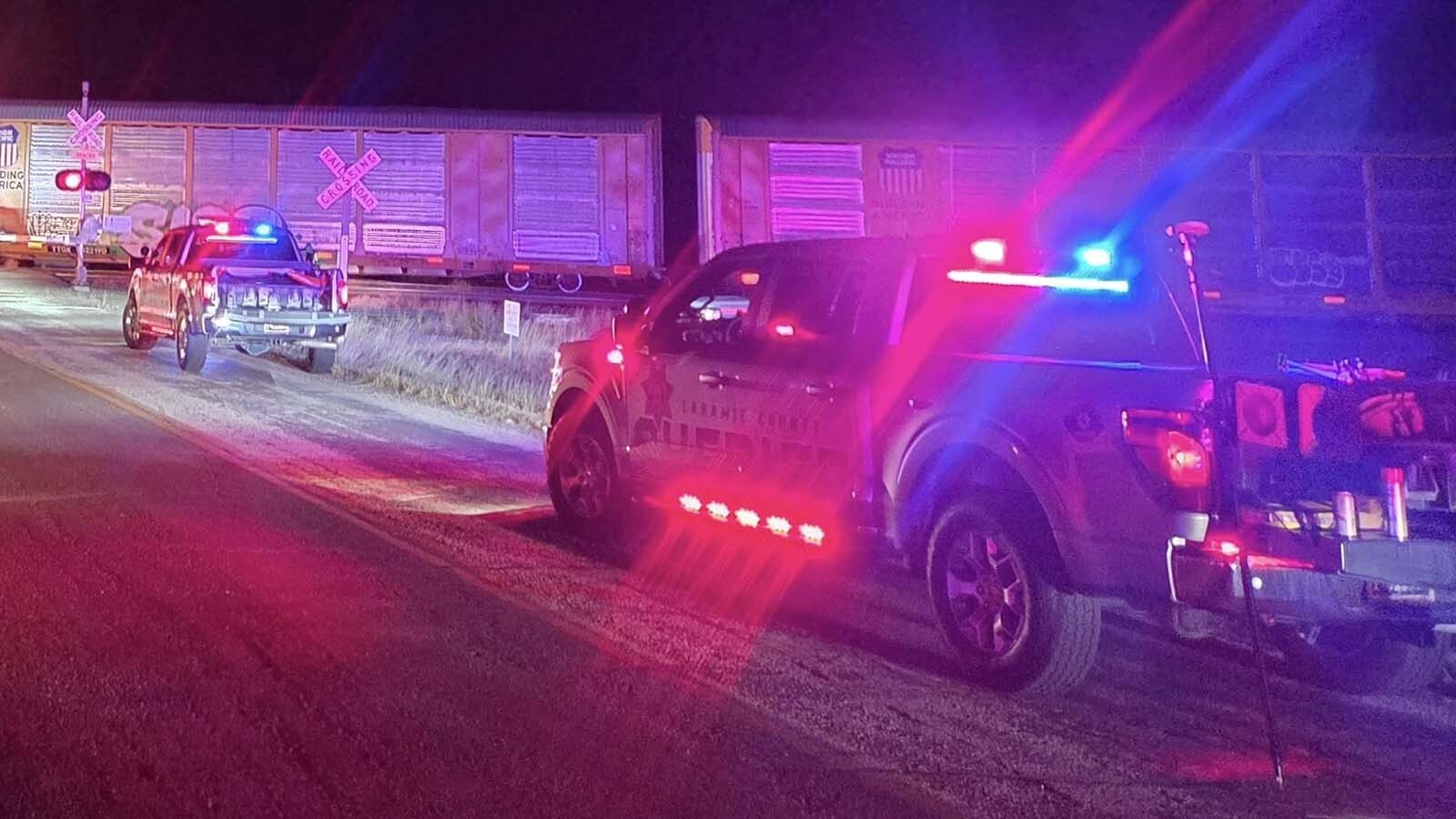A movement for hand counting election ballots in Wyoming has been gaining steam but faces many logistical hurdles if it’s ever required by law.
A hand count election test conducted in Gillette last weekend showed that it could take hundreds of volunteers and cost as much as $1.3 million to make full hand counting of ballots work in Campbell County alone with an expectancy of getting results within a day of an election.
Gillette resident Patricia Junek, a hand count supporter who helped facilitate the Campbell County test, said although she thought the test was “very successful” and proved hand counting could easily be done in Wyoming, it also showed a lot of volunteers would need to be recruited to make it happen.
“We would need a substantial amount of people to count ballots,” Junek said.
The test also indicated that the requirements for reporting of results in Wyoming elections would have to be adjusted, as current law says election results must be returned by 10:30 p.m. election night.
Campbell County Clerk Cindy Lovelace, who hosted the test and performed a statistical analysis of the results, said the demonstration proves that serious challenges exist with running a hand count election in her county and that more testing is needed to determine its overall feasibility.
“I just think it would be a massive undertaking,” she said.
Junek was much more upbeat about how it went and questions the methodology Lovelace used to determine her counting rates and the way ballots were counted, even though her group hasn’t produced its final numbers yet from the test.
“Her numbers are absolutely not in conjunction with our numbers at all,” Junek said.
She also said people were interrupted too often to calculate their numbers under Lovelace’s parameters, which she said negatively impacts the speed at which ballots can be counted.
“When you’re counting, you don’t want to have to stop and start all the time,” Junek said. “You want a smooth process when counting a huge number of ballots.”
What Did They Find?
People came from as far away as Rock Springs to participate in the test held at the Campbell County courthouse Friday.
Thirty ballots from each of the county’s 37 precincts, a total of 1,100 ballots, were filled out and prepared for the test.
A first test counted votes on 240 ballots containing 23 races each in a time of 6.75 hours, a rate of 204.4 races per hour per team of four. This was most representative of the November elections in Campbell County, which features 23 races.
At this rate, when factoring in the voter turnout for her county in the 2020 general election, Lovelace determined general election ballots could be potentially hand counted in fours as long as she could find 2,200 people to count. When factoring in the $13.50 hourly wage the county pays its election judges, this would cost Campbell County somewhere between $360,018 and $1.3 million depending on the number of training hours required.
A second test counted 249 ballots with 12 races each in four hours, at a rate of 747 races per hour per team of four. Junek believes this test was much more reflective of the true time it would take to hand count ballots.
Lovelace and Junek agreed that the speed ballots were counted appears to drastically increase in alignment with the amount of training counters received.
This test indicated that general election ballots could be counted in four hours by a more reasonable number of 608 volunteers at a cost ranging from $98,874 to $377,946 depending on training hours. This roughly aligns with the $103,000 cost estimate determined by South Dakota hand counting activist Rick Weible, who participated on Friday.
Junek dismisses the significance of these costs when considering what counties and the state already pay to buy, run and maintain their electronic voting machines.
“People don’t really think of that,” she said. “With hand counting, all you need to do is pay people and count the votes.”
The accuracy of the hand counts could not be determined as they ran out of time Friday before a second test could be completed, which is part of why Lovelace views the results overall as incomplete. She believes this is particularly critical when considering the amount of human decision making that would be happening in a hand count election.
“I really wanted the test to be completed in its entirety because that’s where we were going to gather a lot of the real important data,” she said. “I felt that the test didn’t provide me with the data that I needed to do a complete report on all of the costs and logistics and how this would be implemented or incorporated into the elections process.”
Volunteers
Lovelace said even if the “best-case scenario” shown by the rate of the second test is most accurate, she has no idea how the county could recruit 608 paid volunteers to help count ballots.
“I’m hesitant to think that we would have 600 people easily recruited without having some type of requirement that they do it,” she said.
Junek is less skeptical and said counting ballots could involve much less commitment and much more time flexibility than serving as an election judge.
“In today’s world, people are very concerned about our elections and would be very willing to step up and do their patriotic duty,” Junek said. “There’s a significant number of people very concerned about the legitimacy of our elections. There’s just an inordinate number of people seriously concerned about our elections.”
There has been no proven fraud or significant issues with Wyoming’s voting machines in recent years.
Context
The push for hand counting ballots comes from a growing distrust in conservative circles about the integrity of vote tabulator machines sparked by former President Donald Trump’s attempts to overturn the results of the 2020 election.
The Georgia State Election Board drew national headlines when it passed a rule last month requiring all of that state's voting precincts to hand-count ballots and ensure the tallies match machine counts before their deadline to certify election results.
Most election officials, state legislators and Junek believe hand counting of ballots is not allowed under Wyoming law. Secretary of State Chuck Gray has said he fully supports hand-count elections and will continue to advocate for them.
There’s agreement among both the state’s county clerks and people supporting a hand count that Wyoming’s laws would have to be adjusted to allow for a longer counting period. The polls close at 7 p.m. for elections, which gives vote tabulators and election staff about three hours to produce results.
“I think it’s important for our legislators to know the facts when they’re looking at decisions like these that would impact the electoral process,” Lovelace said.
To speed up the process, Junek suggested that hand counting of ballots could begin before the polls close. She also believes making people wait up to a day to get their election results is acceptable.
“I think the only reason we have it at 10:30 p.m. right now is for instant gratification on social media and the media,” Junek said. “We might have to wait until the next day and that’s OK.”
Leo Wolfson can be reached at leo@cowboystatedaily.com.







